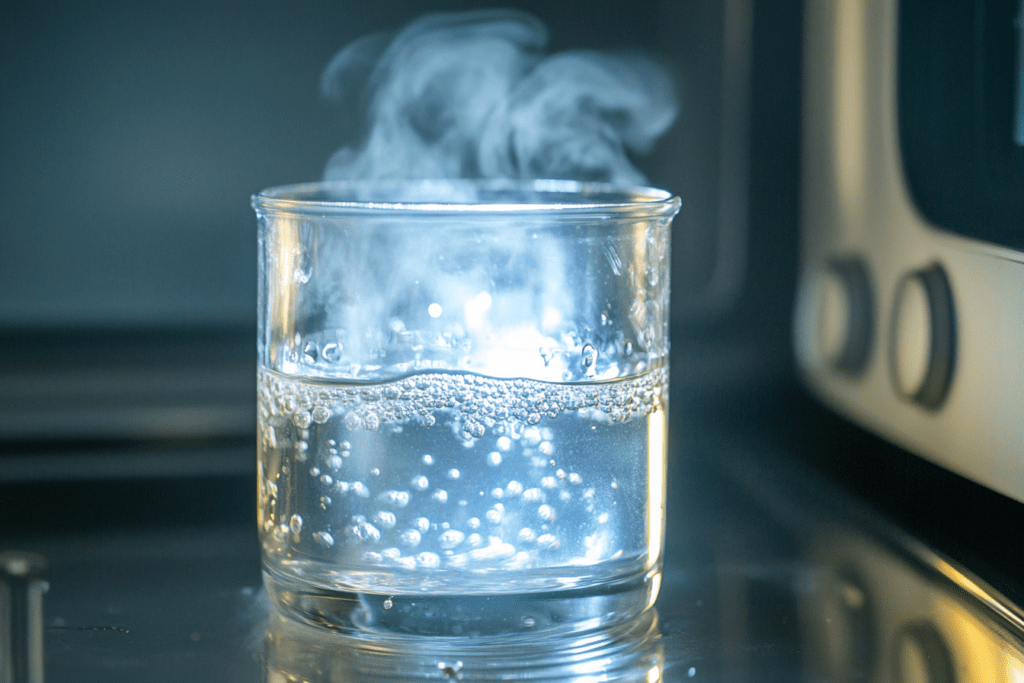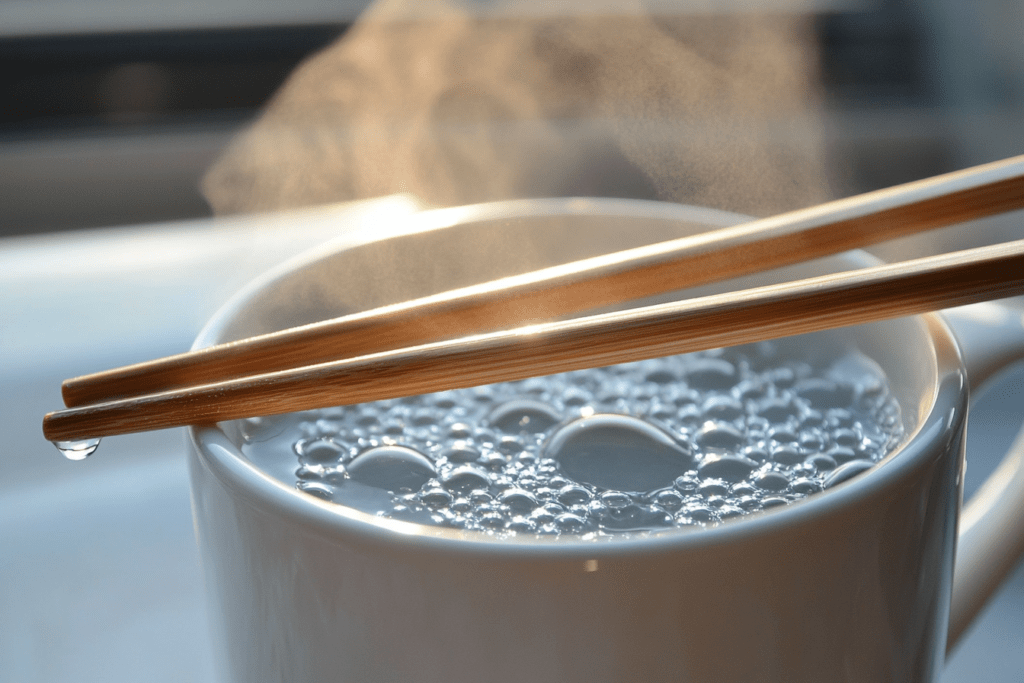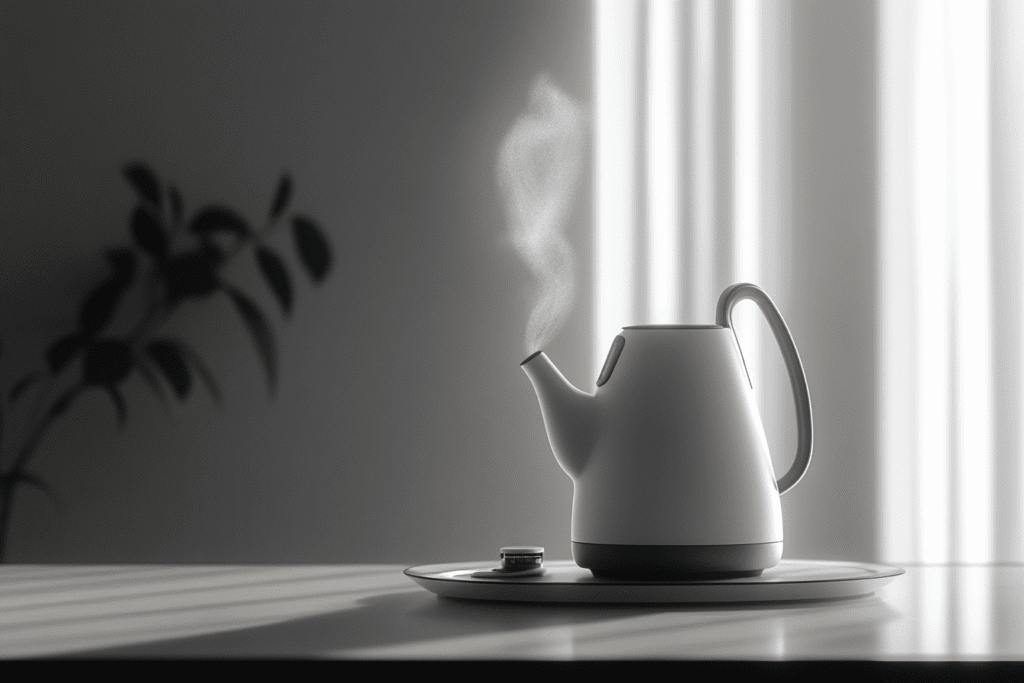That innocent cup of water in your microwave might be harboring an explosive secret. While heating water in the microwave seems like the quickest route to your morning tea, this common practice has sent numerous people to emergency rooms with severe burns. The science behind this phenomenon is fascinating, and understanding it could save you from a painful experience.
The science of superheated water explained

Unlike your stovetop, which heats water from below and creates natural convection currents, microwaves bombard water molecules from all directions simultaneously. This unique heating method can cause water to become superheated – reaching temperatures well above its normal boiling point without showing any signs of bubbling.
Why doesn’t the water bubble? In a pristine container with very smooth surfaces, water molecules have nowhere to form the bubbles necessary for boiling. Think of it as a pressure cooker without the safety valve – the energy builds up with nowhere to go.
What happens when superheated water explodes
The real danger strikes when you remove the container from the microwave. Any slight disturbance – a bump, a spoon, or even just picking up the cup – can trigger an instantaneous and violent boiling reaction. The superheated water suddenly releases its stored energy, erupting in a burst of scalding steam and water that can cause serious burns.
Imagine a pot of oil that instantly transforms into a geyser the moment you touch it – that’s essentially what happens with superheated water. The explosion can be powerful enough to spray boiling water several feet in all directions.
Simple prevention methods that really work

The solution is remarkably simple: create nucleation sites where bubbles can form safely. A wooden chopstick or coffee stirrer placed in the water while heating provides the perfect surface for bubbles to gather and release. The wood’s natural grain creates tiny pockets where steam bubbles can form gradually instead of all at once.
Another effective method involves using a mug with small imperfections. Those tiny scratches in your favorite old mug actually serve as safety features, providing spaces for bubbles to form during heating.
Better alternatives to microwaving water

Electric kettles offer a safer and more efficient alternative to microwaving water. They’re specifically designed for boiling water and include built-in safety features. Many modern kettles even have precise temperature controls for different types of tea or coffee.
If you must use a microwave, heat the water in short 30-second intervals, stirring between each cycle. This method breaks any potential superheating cycle and ensures even temperature distribution throughout the water.
The next time you’re tempted to quickly heat water in the microwave, remember the invisible risks lurking in that seemingly innocent cup. Take the extra moment to add a wooden chopstick or consider investing in an electric kettle. Your safety is worth the few extra seconds it takes to heat water properly.


